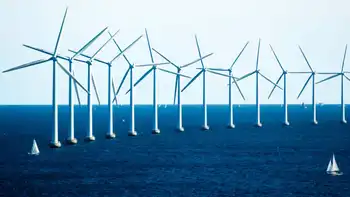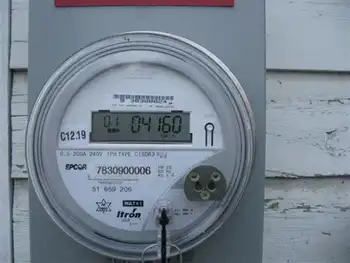Switchgear rated at more than one million volts
The ultrahigh-voltage gas-insulated switchgear (GIS) has a switching capability of 6,900 megawatts, which means it can turn power equivalent to the average electrical consumption of Switzerland, a country with more than 7 million inhabitants, on or off within milliseconds.
ABB successfully designed, tested and commissioned the GIS for a pilot project launched in 2006 by State Grid Corporation of China to demonstrate the feasibility of AC power transmission at ultrahigh voltage.
The GIS is a central component of ultrahigh-voltage electricity transmission designed to carry huge amounts of electricity over vast distances with very low losses. ABB completed the assignment in just two years with technology partner Xian Shiky, a leading Chinese switchgear manufacturer who worked in close co-operation with ABB throughout the project.
“This is a breakthrough that will serve as a benchmark for future ultrahigh-voltage projects and is another example of ABB’s constant quest for technological innovation and commitment to energy efficiency,” said Bernhard Jucker, head of ABB’s Power Products division.
State Grid has announced plans to invest more than $14 billion in the next three to four years to expand its ultrahigh-voltage (UHV) network. Ultrahigh voltage transmission reduces power losses and requires a smaller transmission corridor than conventional technologies. It is particularly suitable for countries like China, where energy resources are often far from the centers of power consumption.
ABB pioneered gas-insulated switchgear 50 years ago. This application level is the biggest leap in capacity and efficiency of AC power transmission in more than two decades.
Related News

Wind Denmark - Danish electricity generation sets a new green record
COPENHAGEN - Danish electricity producers set a new green record in 2019, when an average produced kilowatt-hour emitted 135 gr CO2 / kWh.
It is the lowest CO2 emission ever measured in Denmark and about one-seventh of what the electricity producers emitted in 1990.
Never has a kilowatt-hour produced emitted as little CO2 as it did in 2019. And that's according to Energinet's recently published annual Environmental Report on Danish electricity generation and cogeneration, two primary causes.
One reason is that more green power has been produced because the Horns Rev 3 offshore wind farm, which can produce electricity for 425,000 households, was…




